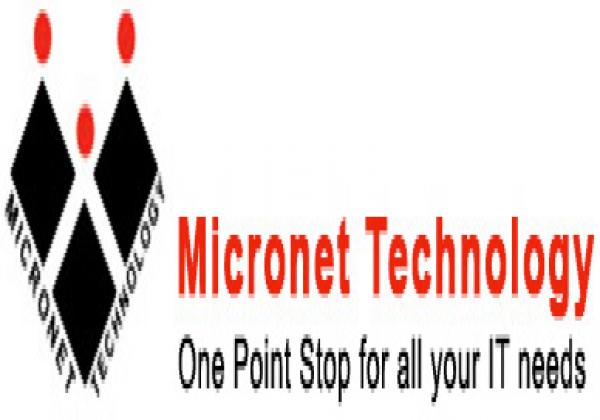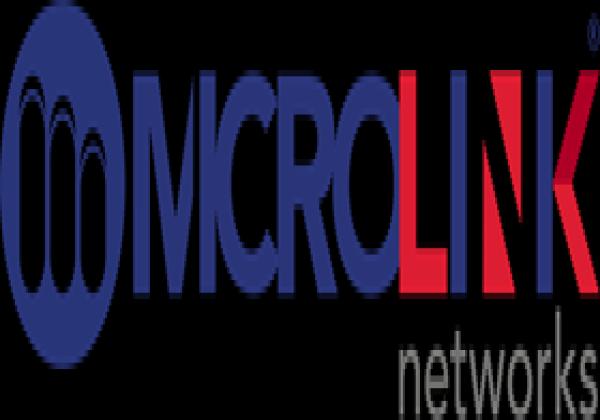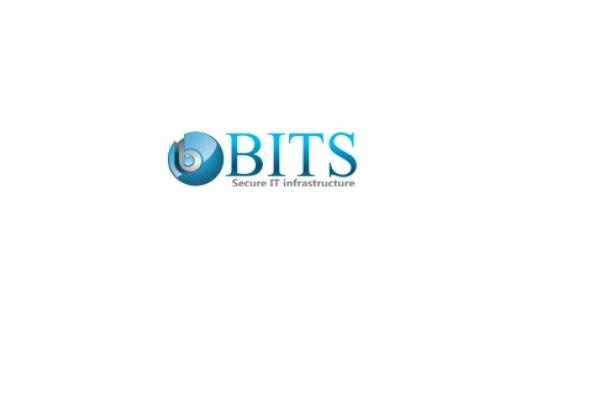Single Mode Patch Cables Suppliers in Dubai,UAE

Micronet Technology
Phone: 0505648497
Emirate:Dubai, P.O.BOX:182415
Address:Office 102, Rifa Old Building, Opp Palm Beach Hotel, Khalid Bin Waleed St, Bur Dubai

LAN GUARD
Phone: +971 2 6329170
Emirate:Abu Dhabi, P.O.BOX:
Address:M01 Floor, Princess Jewellery Building, Khaleefa Street, Abu Dhabi, United Arab Emirates

Microlink networks llc
Phone: +97145561557
Emirate:Dubai, P.O.BOX:
Address:Boulevard Plaza Tower One, Level 3, Downtown Dubai, United Arab Emirates

Bits Secure IT Infrastructure LLC
Phone: +971 43282444
Emirate:Dubai, P.O.BOX:3282444
Address:SUNTECH Tower - Office 903 - Dubai Silicon Oasis - Industrial Area - Dubai - United Arab Emirates
Single-mode patch cables are fiber optic cables designed for use in high-bandwidth, long-distance data transmission applications. They differ from multi-mode patch cables in the way they transmit light, resulting in several key advantages:
Benefits of Single-Mode Patch Cables:
Lower signal loss: Single-mode cables have a smaller core diameter, which allows for a more focused light beam and significantly reduces signal loss over longer distances compared to multi-mode cables. This is crucial for maintaining strong signal strength and high data transmission rates over extended distances.
Higher bandwidth: Due to lower signal loss, single-mode cables can support significantly higher bandwidths than multi-mode cables, making them ideal for applications requiring large amounts of data, such as data centers, telecom networks, and high-performance computing environments.
Longer reach: Single-mode cables can transmit data over much longer distances, typically reaching kilometers compared to hundreds of meters for multi-mode cables. This makes them suitable for connecting geographically dispersed locations or spanning large data centers.
Construction and Applications:
Single-mode patch cables typically consist of a single, thin glass core surrounded by cladding and a protective jacket. They are commonly used in various applications, including:
Data center interconnects: Connecting servers, storage devices, and other network equipment within a data center.
Telecom networks: Connecting central offices, cell towers, and other network infrastructure components.
Long-distance enterprise networks: Connecting buildings or campuses within a large organization.
FTTH (Fiber-To-The-Home) deployments: Delivering high-speed internet access directly to residential and business premises.
Choosing the Right Single-Mode Patch Cable:
When selecting single-mode patch cables, consider several factors:
Fiber type: Choose either OS1 or OS2 fiber based on your specific needs and application requirements. OS1 offers good performance for general applications, while OS2 is optimized for longer distances and harsher environments.
Cable length: Select the appropriate cable length based on the distance between your equipment.
Connector type: Choose the connector type compatible with your equipment, such as SC, LC, ST, or FC.
Polish type: Consider factors like return loss and insertion loss requirements when choosing between PC and APC polish types.
Benefits of Single-Mode Patch Cables:
Lower signal loss: Single-mode cables have a smaller core diameter, which allows for a more focused light beam and significantly reduces signal loss over longer distances compared to multi-mode cables. This is crucial for maintaining strong signal strength and high data transmission rates over extended distances.
Higher bandwidth: Due to lower signal loss, single-mode cables can support significantly higher bandwidths than multi-mode cables, making them ideal for applications requiring large amounts of data, such as data centers, telecom networks, and high-performance computing environments.
Longer reach: Single-mode cables can transmit data over much longer distances, typically reaching kilometers compared to hundreds of meters for multi-mode cables. This makes them suitable for connecting geographically dispersed locations or spanning large data centers.
Construction and Applications:
Single-mode patch cables typically consist of a single, thin glass core surrounded by cladding and a protective jacket. They are commonly used in various applications, including:
Data center interconnects: Connecting servers, storage devices, and other network equipment within a data center.
Telecom networks: Connecting central offices, cell towers, and other network infrastructure components.
Long-distance enterprise networks: Connecting buildings or campuses within a large organization.
FTTH (Fiber-To-The-Home) deployments: Delivering high-speed internet access directly to residential and business premises.
Choosing the Right Single-Mode Patch Cable:
When selecting single-mode patch cables, consider several factors:
Fiber type: Choose either OS1 or OS2 fiber based on your specific needs and application requirements. OS1 offers good performance for general applications, while OS2 is optimized for longer distances and harsher environments.
Cable length: Select the appropriate cable length based on the distance between your equipment.
Connector type: Choose the connector type compatible with your equipment, such as SC, LC, ST, or FC.
Polish type: Consider factors like return loss and insertion loss requirements when choosing between PC and APC polish types.


